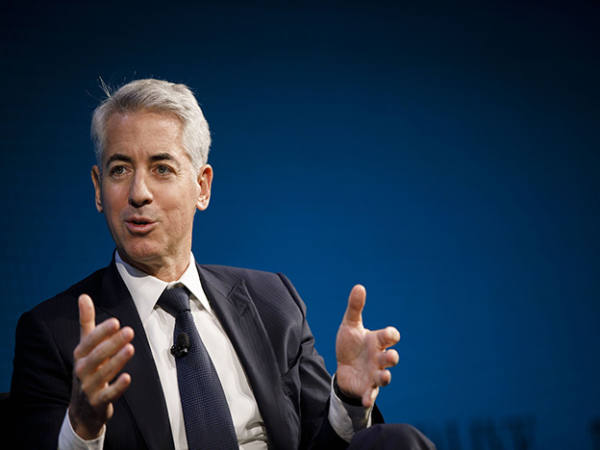- Back to the dividend debate
- Some income stars can outperform
- Lots of idea-generating content…
With around a third of FTSE 100 shares set to go ex-dividend over the next fortnight, the mid-year distribution season is in full swing.
For lots of investors, it’s a happy time. Dividends provide security and evidence of cash flow, and act as a proxy for capital discipline. For those who buy and hold stocks for income, distributions are also practical and avoid the need to top-slice holdings.
But there are equally sound arguments against regular payouts. In effect, they simply move cash from one bank account to another. Dividends neither increase value, nor suggest much imagination on the part of management. If there isn’t an opportunity for recycling capital into expansion, targeted acquisitions, upgrading systems and worker skills, then are the shares worth holding?
Is this extra true of small companies? After all, the beauty of a smaller capital base or market share is the capacity to grow. Absent the competition and saturation concerns which dog mature companies, small firms should be more fleet-footed and able to generate lots of internal competition for capital.
Still, scale and complexity aren’t always a plus. As some academics have theorised, larger networks increase the chance for error. Oversight of quality control, workplace relations and market position all get trickier when the focus moves from local to national and international.
Seen in this light, there might be reason to welcome higher relative levels of small company dividend payments. If one of the keys to a profitable and successful business is manageable scale, then sometimes it is smarter to allocate more capital to shareholders than to growth.
To test this theory, I have screened both the FTSE All-Share and Aim All-Share for non-investment trust stocks with a market capitalisation below £1bn, and which have consistently paid dividends over the past decade. Although the results suffer from survivorship bias, on both indices average total returns were greater for firms which committed a higher proportion of cash to dividends than capital expenditure over the period, relative to 2012 market values.
Unfortunately, long-run capital spending figures are patchy. Exclude capex spending and plot total returns against cumulative dividend spending relative to 2012 market prices, and there is little correlation. In absolute terms, higher distribution rates do not improve share performance.
But filter for dividend largesse (stocks whose dividends made up at least two-fifths of 10-year total returns) and long-term performance (top-quartile total share price returns in each index), and the screen shows dividend discipline has worked for a disparate array of companies.
In the FTSE, currency management minnow Record (REC), construction outfit Galliford Try (GFRD), motor finance firm S&U (SUS) and self-service vending machine specialists ME Group (MEGP) have all done a good job of focusing on dividends to build long-term shareholder returns. On Aim, the same is true of both capital-light firms such as brokers Jarvis (JIM) and Numis (NUM), fund manager Polar Capital (POLR) and estate agent Belvoir (BLV), as well as capital-intensive operator Central Asia Metals (CAML) and equipment rental group Andrew Sykes (ASY).
Sadly, in history there are no control groups, so we can’t say if these returns would have been better if dividend cash had gone elsewhere. But what we can do is backdate the rules to fully-grown firms.
Strip out the sub-£1bn filter, keep the top-quartile performance requirement, and rank by the contribution of dividends to total returns, and five FTSE 350 names top the list: life insurers Legal & General (LGEN) and Phoenix Group (PHNX), hedge fund Man Group (EMG), developer Persimmon (PSN) and one of this week’s investment ideas, Admiral (ADM). In each case, the firms have paid out more than their 2012 market values in dividends (Persimmon has managed to do so twice over).
In each case, the companies also appear to have struck a decent balance between payouts and their capacity for expansion. Roll on the summer dividends, then.
| Company | TIDM | Price (£) | Market cap (£mn) | 10y total return | 10y simple return | Div as % of returns^ | Total divis/2012 price* |
| Phoenix | PHNX | 6.768 | 6,755.51 | 275% | 86% | 68.6% | 124% |
| Admiral | ADM | 22.84 | 6,849.58 | 282% | 94% | 66.5% | 120% |
| Central Asia Metals | CAML | 2.445 | 430.39 | 389% | 155% | 60.3% | 133% |
| Legal & General | LGEN | 2.824 | 16,746.35 | 287% | 115% | 60.0% | 112% |
| M Winkworth | WINK | 1.875 | 23.87 | 354% | 149% | 58.0% | 97% |
| Man | EMG | 2.498 | 3,174.45 | 450% | 198% | 56.1% | 127% |
| Polar Capital | POLR | 5.26 | 502.82 | 438% | 201% | 54.3% | 173% |
| Andrews Sykes | ASY | 5.2 | 219.31 | 447% | 207% | 53.7% | 137% |
| Jarvis Securities | JIM | 1.65 | 73.81 | 530% | 252% | 52.4% | 141% |
| Persimmon | PSN | 18.36 | 5,860.74 | 472% | 233% | 50.7% | 237% |
| Record | REC | 0.749 | 147.30 | 714% | 354% | 50.4% | 137% |
| ME Group | MEGP | 1.05 | 396.93 | 310% | 156% | 49.6% | 133% |
| Galliford Try | GFRD | 1.608 | 175.81 | 344% | 174% | 49.6% | 82% |
| S&U | SUS | 23.4 | 284.33 | 333% | 169% | 49.3% | 107% |
| Belvoir | BLV | 2.55 | 95.09 | 419% | 213% | 49.2% | 85% |
| Alumasc | ALU | 1.3925 | 49.81 | 223% | 114% | 48.8% | 103% |
| Numis | NUM | 2.55 | 277.15 | 323% | 173% | 46.6% | 129% |
| Source: FactSet & Investors' Chronicle. ^Total return/simple return. *Total dividends paid since 2012. | |||||||










